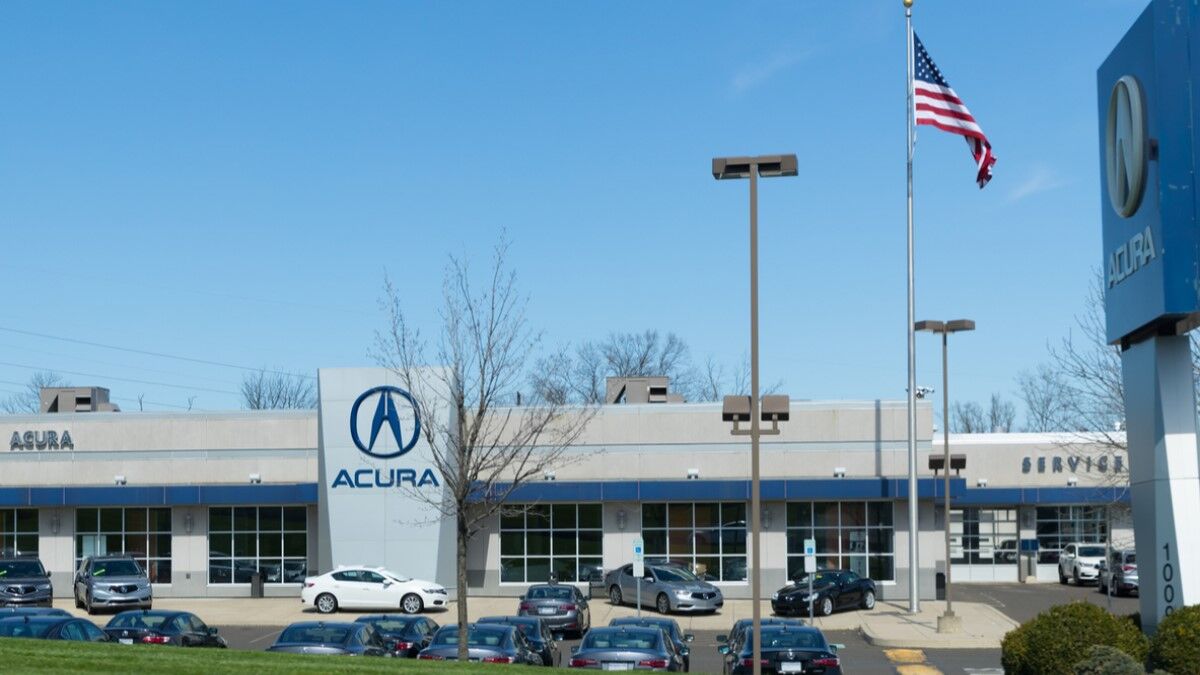
Simple supply and demand explains it all. Supply crashed in 2021, as a worldwide microchip shortage and other supply chain problems left automakers unable to build as many cars as Americans wanted to buy. Prices soared. America saw eight straight months of record-high prices (possibly nine – December’s numbers aren’t final yet). The average new car sold for $40,857 in January, and $46,329 in November.
When dealers know they can sell most cars easily, they have little reason to offer discounts.
So incentives evaporated as prices rose. They fell in number – the count of available discount programs in the fourth quarter of 2021 was 36% lower than a year earlier.
And the few available discounts fell in significance. In November 2019, the average discount made up 10% of the sale price of a new car. In November 2021, that same figure was just 4.1%.
Unfortunately, turning a page in the calendar won’t mean much for car shoppers. Analysts at Kelley Blue Book parent company Cox Automotive expect inventory levels of new vehicles to remain tight through at least the first half of 2022.







